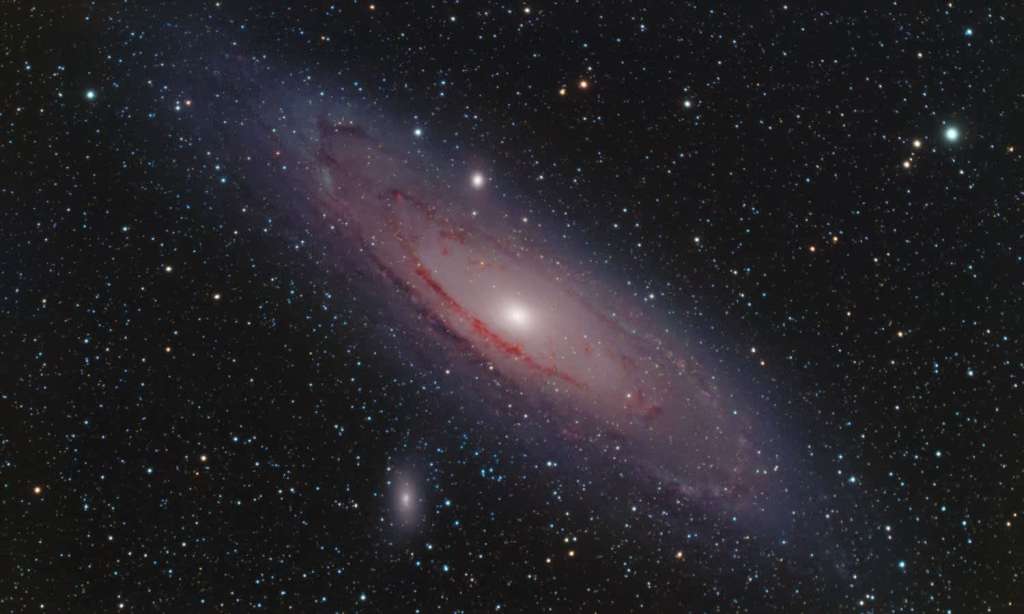Astronomers have always believed that supernovas without hydrogen originated only from extremely hot compact stars. It turns out this isn’t the case.
A rare glimpse of a star before it exploded in a fiery supernova looks absolutely nothing like what astronomers expected. The images, captured through a Hubble Space Telescope, showed a relatively cool, puffy star ending its life in a hydrogen-free supernova.
Cool and puffy is the opposite of hot and compact. Astronomers were stumped. But before we go any further…
What is a supernova?
A supernova is an explosion. To be precise, it’s actually the biggest explosion that humans have ever seen. Each blast signifies the extremely bright, super-powerful explosion of a star.
Why do stars explode?
Talk about going out with a bang! A supernova is the star’s “last hurrah” before it dies. This happens when a star, at least five times the mass of the sun, dies.
Massive stars burn huge amounts of nuclear fuel at their core. This produces tons of energy, which makes the centre of the star super hot. Heat generates pressure, and that pressure keeps the star from collapsing. When the star runs out of fuel, it cools off, which causes the pressure to drop. Gravity takes over, the star collapses and BAM, you have a supernova.
Okay, so back to the discovery.
The discovery “is a very important test case for stellar evolution,” says Sung-Chul Yoon, an astrophysicist at Seoul National University in South Korea.
Theorists have a few ideas around the behaviour of massive stars before they blow up, but “such hefty stars are scant in the local universe and many are nowhere near ready to go supernova”, Yoon says.
Not every star goes into supernova, and it seems as though it’s still a work in progress on figuring out which stars do. Retroactively identifying stars that are responsible for a supernova provides an opportunity to test how they evolve before exploding, however, these stars are difficult to find.
In order to find a star that is responsible for a supernova, you need to have a telescope looking at that exact region of the sky for years leading up to the supernova. The explosion needs to have happened close enough for its light to reach the telescope.
Although this sounds impossible to us non-astronomers, Charlie Kilpatrick, an astronomer at Northwestern University in Evanston, was determined to try.
Back in December 2019, scientists discovered a supernova in a galaxy called NGC 4666, about 46 million light-years away. Kilpatrick and his colleagues checked old Hubble observations from the same region of the sky, hoping to find the specific star behind the explosion.
They pored over images and cross-checked observations until they found their star: a star at the same spot as the supernova, observed 2.6 years before the explosion. It looked to be a yellow star of about 6,500 degrees Celsius, and 320 times wider than the sun.
“I was kind of puzzled by all that,” Kilpatrick said, according to Science News. The supernova that this star had created lacked hydrogen, so its progenitor was expected to be hydrogen-deficient, too. But “if a star lacks a hydrogen envelope, then you expect to be seeing deeper inside of the star to the hotter layers.”
Basically, the star should have looked extremely hot and blue and compact — maybe 10,0000 to 50,000° C, and no more than 50 times wider than the sun. The cool, large, yellow progenitor of this star, on the other hand, appeared to be padded with lots of hydrogen. The researchers report the results May 5 in the Monthly Notices of the Royal Astronomical Society.
For this type of star to have produced a supernova like the one in 2019, it must have shed almost all of its hydrogen before blowing up, but how?
That’s what they’re on the search to find out. Stay tuned.
Read more stories from The Latch and subscribe to our email newsletter.







